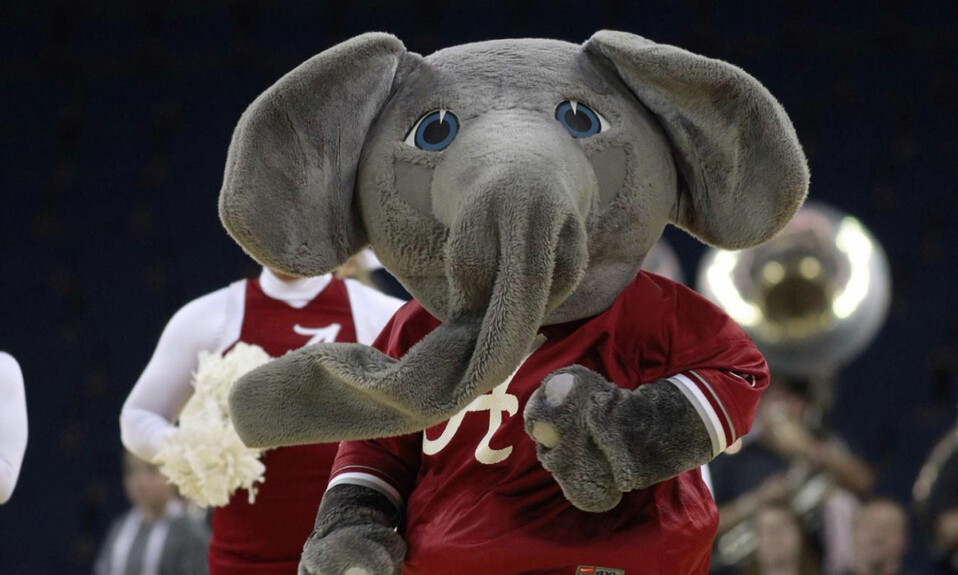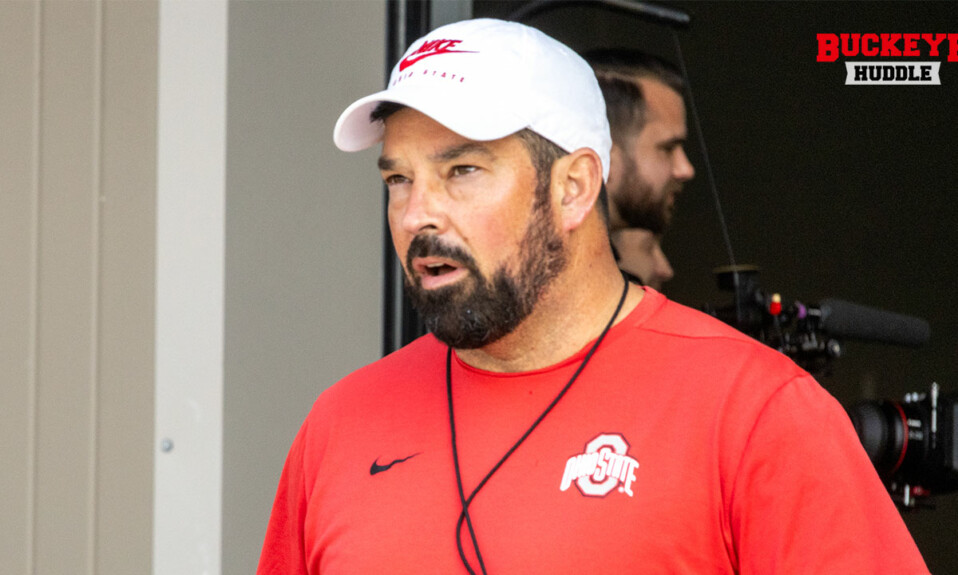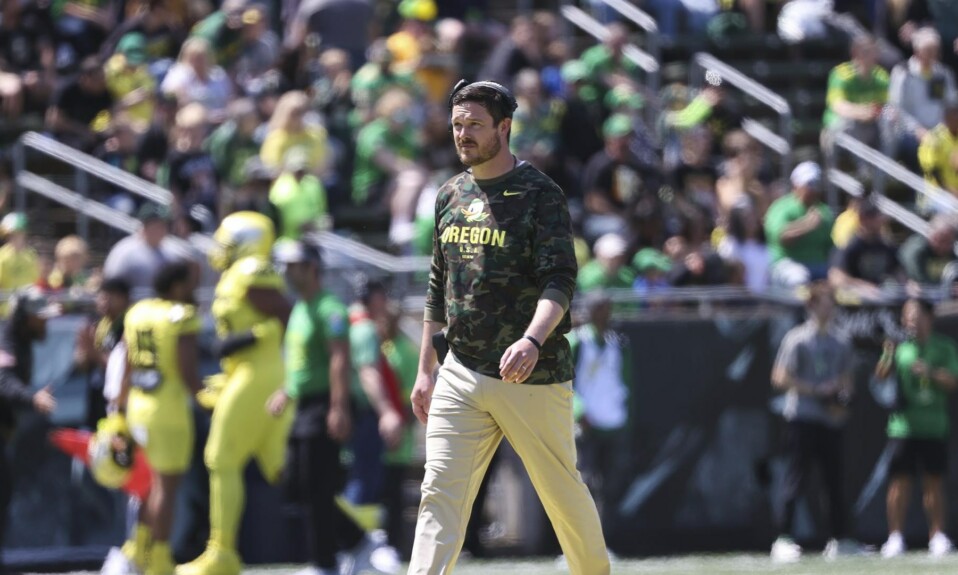Times are ever-changing within college athletics.
On Monday, NCAA President Charlie Baker released a letter titled, “The Path Forward,” and addressed to members of the association.
Across the NCAA the impact of name, image and likeness coupled with conference realignment has taken headlines across the country. While two of the biggest topics in college sports currently, there are additional areas that have challenged the NCAA to consider what it needs to do to adjust appropriately.
“To address the challenges ahead, the NCAA needs to make real change,” the letter stated. “At my direction and that of the Board of Governors, the NCAA national office and membership have begun a significant range of work to meet that change.”
Among the steps taken mentioned in the letter include the designation of NCAA Senior Vice President of Inclusion, Education and Community Engagement Felicia Martin to lead and implement changes “to ensure that women’s sports receive equitable support” and that student-athlete experiences are inclusive in ensuring gender equity progress.
On the topic of NIL, Baker addressed the fact that the Division I Council was directed to “develop proposals to improve the environment” last week. Among the areas the NCAA would like to address further include “transparency measures, the recruiting environment surrounding NIL and the role NCAA schools should play in student-athletes’ NIL activities.
The NCAA also last week “made a breakthrough” in “advancing the ‘holistic model’ developed by the Division I Transformation Committee in 2022. The holistic model took a next step in that the NCAA “will offer member schools post-eligiblility injury insureace coverage for student-athletes.”
The NCAA also launched earlier this year a “third-party business and strategy review” in order to “identify opportunities to modernize the NCAA’s organizational structure, work processes and business model,” and it received results Aug. 2.
The NCAA has a number of topics it can address as well as a number of directions it can go in addressing such matters. It will see a dramatic shift and change in 2024 after the latest round of expansion implements and sees the Big Ten increase to 18 programs and the Big 12 and Southeastern conferences up to 16 apiece.
Baker’s letter is the latest sign of the NCAA attempting to address critical areas of change and stability.
“While there are limitations on what we alone can accomplish — which is why we continue to simultaneously advocate for Congress to take action to stabilize the future of college sports — we are committed to exhausting every avenue to reform within our control,” the letter stated. “This has been an exceptionally productive time for the team at the NCAA as we continue to work together to support more than 500,00 student-athletes participating in NCAA sports across the nation.”











